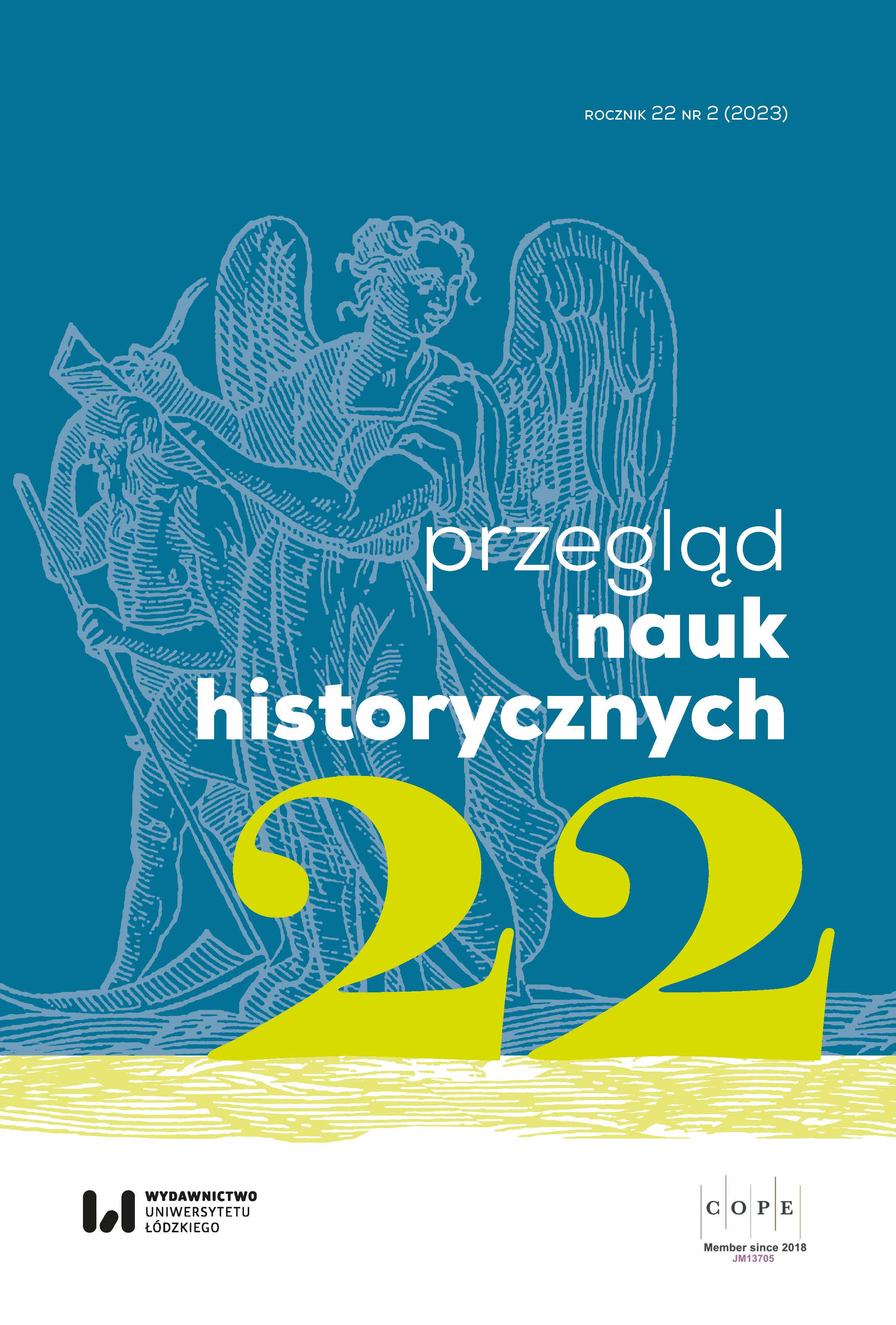The Relations between State and Church in the Kongo in the Early Modern Period Based on Preserved Iconographic Material An Outline of the Problematic
The Relations between State and Church in the Kongo in the Early Modern Period Based on Preserved Iconographic Material An Outline of the Problematic
Author(s): Aneta Pawłowska, Robert PiętekSubject(s): Cultural history, Visual Arts, Ethnohistory
Published by: Wydawnictwo Uniwersytetu Łódzkiego
Keywords: Kingdom of the Congo; iconography; modern period; visual arts; history
Summary/Abstract: The aim of this article is to support the study of the history and culture of the Kongo in the modern period by analysing selected iconographic sources related to this geographical area from the late 16th century to the mid-18th century. The main reason for doing so is the existence of a strong infiltration of the Kongo by Portuguese and Italian travellers and monks, which resulted from the progressive Christianisation of the country as a result of the political decisions of its successive rulers. A large amount of surviving documentation makes Kongo’s position unique in comparison to other sub-Saharan African countries. The documents analysed were chosen for their ground-breaking nature as well as their high artistic value. Another rationale for delving into the iconography of the Kongo may be to try to broaden the perception of African culture, especially the attempt to abandon Eurocentric ways of describing the world. The article is richly illustrated.
Journal: Przegląd Nauk Historycznych
- Issue Year: 22/2023
- Issue No: 2
- Page Range: 41-81
- Page Count: 42
- Language: English

